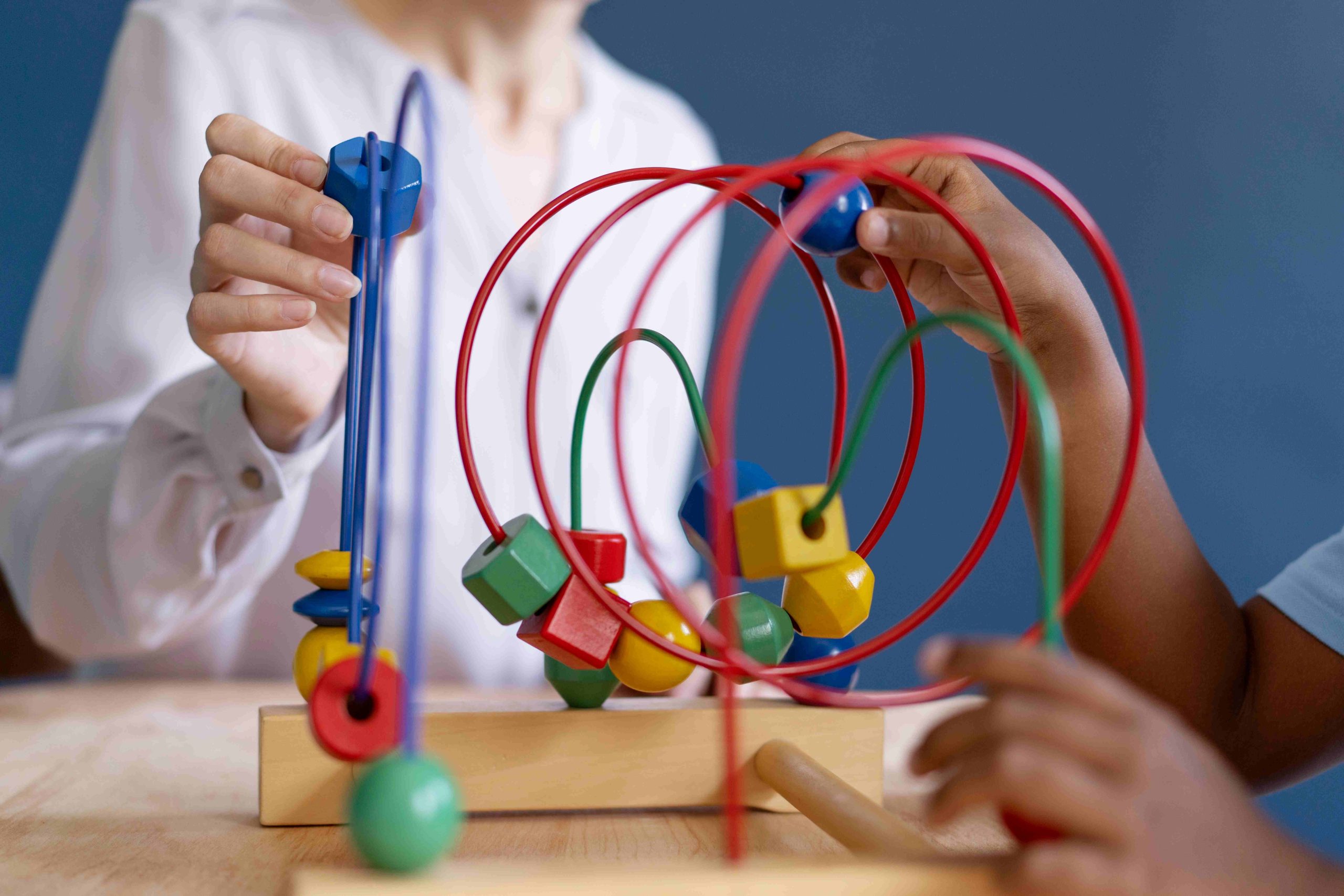
Developing Preschoolers’ Motor Skills through Crafts: What are the Best Options?
As parents, caregivers, or teachers of preschoolers, it’s crucial to foster their physical development, including their motor skills. One effective way to achieve this goal is by introducing them to various craft activities that require hand-eye coordination, fine motor skills, and gross motor skills. In this article, we’ll explore the best crafts for preschoolers to enhance their motor skills.
Finger Painting
Finger painting is a classic activity for preschoolers that helps them develop fine motor skills, hand-eye coordination, and creativity. The tactile sensation of paint on their fingers and hands enhances their sensory experience. Finger painting can be done with non-toxic and washable paints, making it a safe and easy activity for parents and teachers to set up.
Cutting and Pasting
Cutting and pasting are great activities for preschoolers to develop their fine motor skills, hand-eye coordination, and cognitive abilities. These activities require preschoolers to use scissors, glue, and paper to create art or complete a task. As preschoolers cut and paste, they learn to control their hand movements, improve their spatial awareness, and enhance their creativity.
Playdough Modelling
Playdough modeling is an enjoyable activity that helps preschoolers develop their fine motor skills, hand-eye coordination, and creativity. Parents and teachers can offer preschoolers different colors of play dough and tools such as cookie cutters, plastic knives, or rolling pins to enhance their playdough modeling experience.
Threading Beads
Threading beads is another activity that helps preschoolers develop their fine motor skills, hand-eye coordination, and cognitive abilities. This activity requires preschoolers to thread beads onto a string or pipe cleaner to create jewelry or art pieces.
Obstacle Course
Obstacle courses are a fun and challenging activity for preschoolers that help them develop their gross motor skills, balance, and coordination. An obstacle course can be set up with everyday household items such as cushions, hula hoops, cones, or tunnels.
Scavenger Hunt
Scavenger hunts are a fun and engaging activity for preschoolers that help them develop their cognitive abilities, problem-solving skills, and gross motor skills.
As a caregiver or teacher, it’s important to create a safe and nurturing environment for preschoolers to engage in these craft activities. Always ensure that the materials used are non-toxic and age-appropriate for preschoolers. Supervision is also necessary to prevent accidents or injuries. Remember, the goal is to promote preschoolers’ development and enjoyment, so make sure to create a positive and encouraging atmosphere.
Additional Tips for Choosing the Best Crafts for Preschoolers
- Consider Age-Appropriateness: Choose crafts that are challenging but achievable for their age group.
- Promote Creative Expression: Encourage preschoolers to personalize their crafts and experiment with different colors, textures, and patterns.
- Keep Safety in Mind: Avoid sensitive or dangerous materials and always supervise activities.
- Focus on the Process: Emphasize learning and exploration over the final product.
- Adapt to Individual Needs: Consider individual interests, abilities, and learning styles when choosing crafts.
By following these tips and incorporating a variety of craft activities into preschoolers’ routines, parents and teachers can effectively promote their motor skills development while providing a fun and engaging learning experience.


